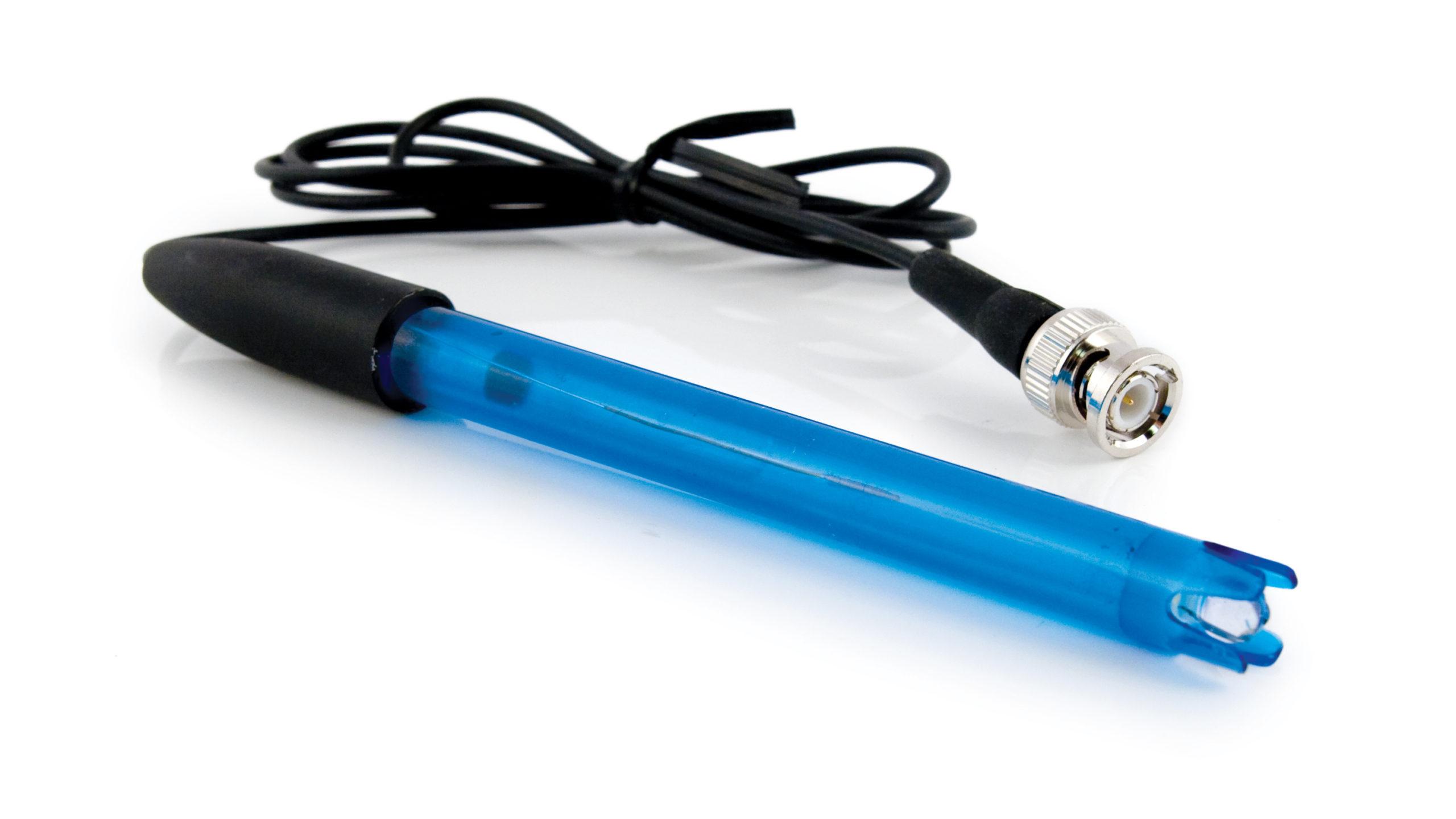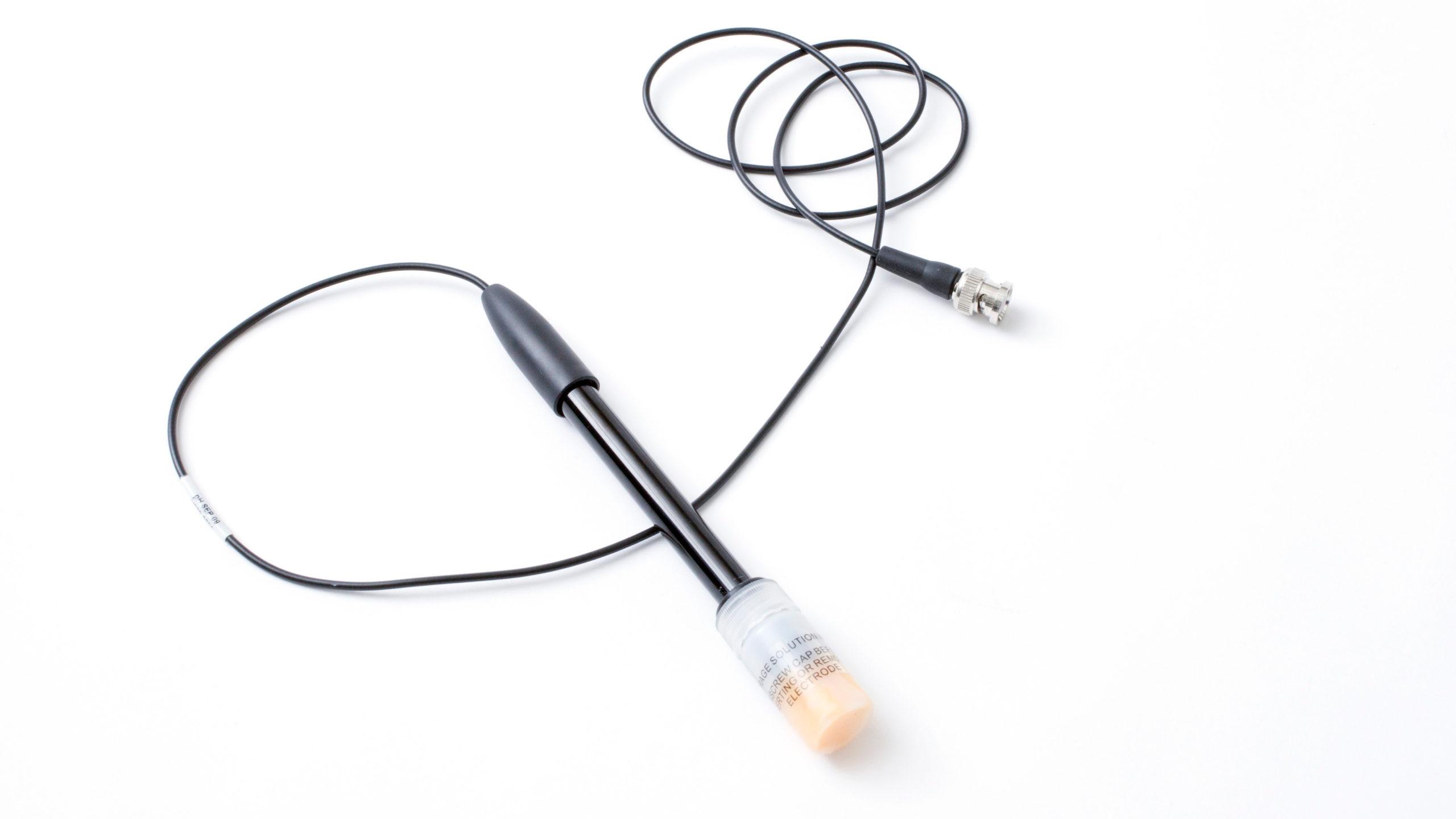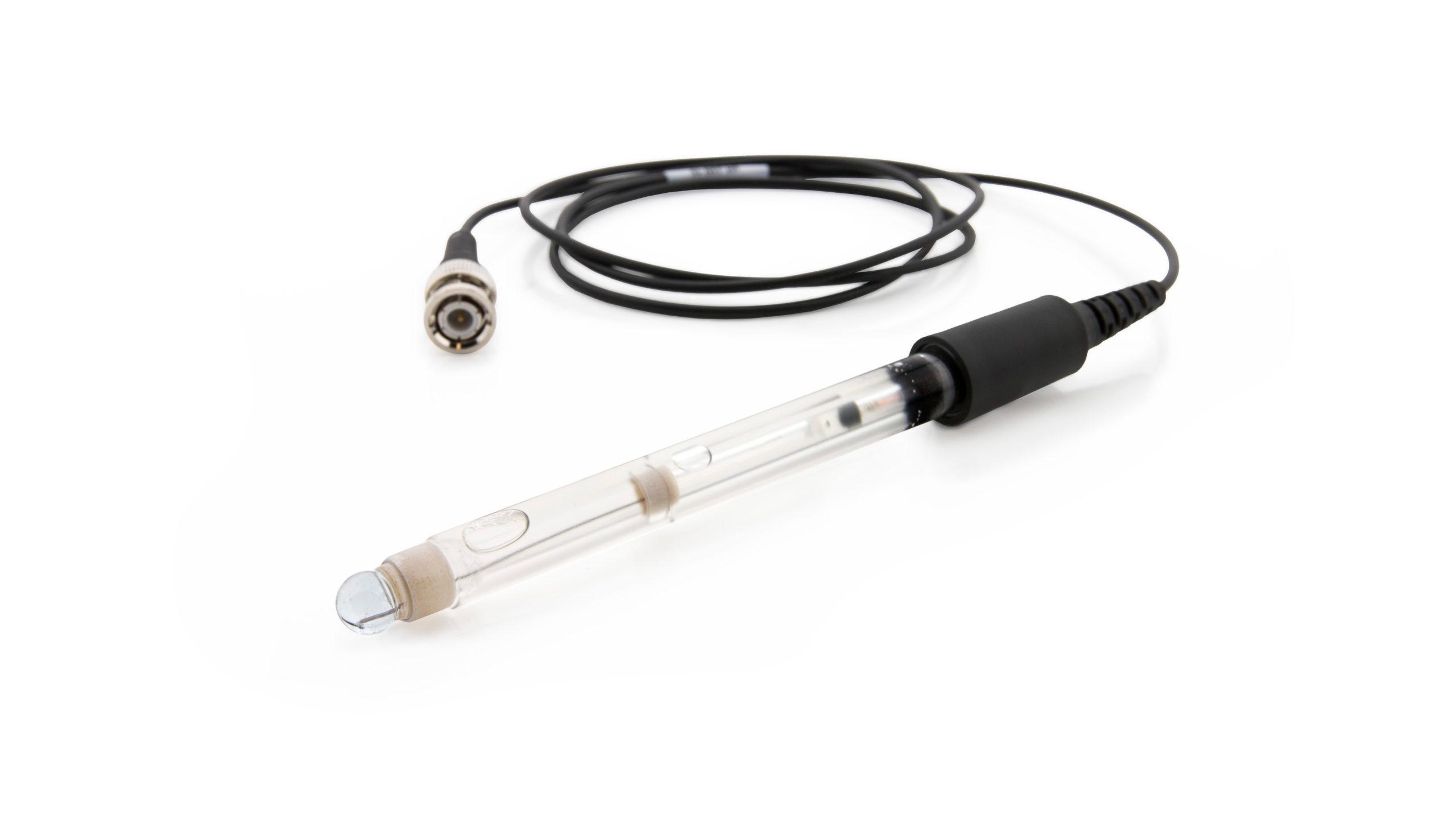- Glass-Body pH Electrode BNC: Troubleshooting and FAQs ...
- Jul 19, 2017 ... Specifications · Electrode Type: Sealed combination electrode with Ag/AgCl reference · Shaft material: glass · Range: pH 0–14 · Accuracy: ±0.2 ⚬ ...
- https://www.vernier.com/til/3793
- Which model pH sensor do I have? (How old is my pH sensor ...
- Replacement electrode: Go Direct® pH BNC Electrode (GDX-PH-BNC); Go Direct pH Sensor Troubleshooting and FAQs · Sensor User Manual. Go Wireless pH—sold from ...
- https://www.vernier.com/til/4110
- Data Collection with Go Wireless pH/Electrode Amplifier FAQs ...
- Jul 13, 2017 ... A: The Go Wireless Electrode Amplifier is terminated with a BNC connector. Therefore, you can use any of our BNC electrodes with it. Preferred:
- https://www.vernier.com/til/3375
- Electrode Amplifier Troubleshooting and FAQs – Technical ...
- Jul 19, 2017 ... Primary Test: Connect an ORP sensor or a pH sensor to the Electrode Amplifier and connect the Electrode Amplifier to a Vernier interface. Start ...
- https://www.vernier.com/til/1430
- Go Direct pH Sensor Troubleshooting and FAQs – Technical ...
- Aug 12, 2019 ... OPERATION · Properly Separating the Go Direct pH Probe at the BNC Connection · The glass bulb of my pH Sensor is broken. · The pH electrode I have ...
- https://www.vernier.com/til/3965
- Tris-Compatible Flat pH Sensor Troubleshooting and FAQs ...
- Jul 19, 2017 ... Replacement/Maintenance Parts. Flat pH Electrode BNC (FPH-BNC); pH Buffer Capsule Kit (PH-BUFCAP); pH Storage Solution (PH-SS) (500 mL bottle) ...
- https://www.vernier.com/til/2171
- The glass bulb of my pH Sensor is broken. Can it be repaired ...
- Nov 7, 2019 ... No, unfortunately a broken glass bulb on any of our pH sensors cannot be repaired or replaced and is not covered by the warranty.
- https://www.vernier.com/til/782
- What type of liquids cause problems for the pH Sensor? – Technical ...
- Dec 8, 2015 ... We do offer Glass Body pH probes and electrodes (Go Direct Glass-Body pH Sensor (GDX-GPH) and Glass-Body pH Electrode BNC (GPH-BNC)) that will ...
- https://www.vernier.com/til/1599
- Which pH Sensor Should I Buy? – Technical Information Library
- Jun 16, 2020 ... All of our pH sensors have similar accuracy, response time, and sensitivity, so which one should you buy? It depends on how and where you plan to use your pH ...
- https://www.vernier.com/til/7597
- Go Wireless pH and Go Wireless Electrode Amplifier ...
- Aug 13, 2018 ... Go Wireless pH uses Bluetooth low energy technology and can only be used with devices running the appropriate software that support Bluetooth low energy ...
- https://www.vernier.com/til/3272
- The pH electrode I have been using no longer seems to work or is slow to respond. Is there anything I can do to fix it?
- When testing a pH Sensor (, , ), it is best to place it into a known buffer solution. This allows you to see if...
- https://www.vernier.com/til/730/
- During calibration, what are the typical potential output readings for the PH-BNC electrode?
- If you calibrate a PH-BNC electrode with an Electrode Amplifier (EA-BTA), typical potential readings are -pH 4 buffer solution: 1.56 volts -pH 7 buffer solution:...
- https://www.vernier.com/til/3641/
- How can I keep my pH or ORP storage solution from spilling when the sensor is in use?
- After removing the sensor but before screwing the cap back on the storage solution bottle, place a nickel under the cap and screw the cap...
- https://www.vernier.com/til/728/
- What is the best way to clean the glass bulb of the pH electrode?
- Generally, rinsing the electrode with distilled water after using should suffice. If the glass bulb looks dirty, you can rinse the electrode with warm water...
- https://www.vernier.com/til/706/
SAVE/SHARE YOUR CART

 pH Electrode BNC
pH Electrode BNC Flat pH Electrode BNC
Flat pH Electrode BNC Glass-Body pH Electrode BNC
Glass-Body pH Electrode BNC